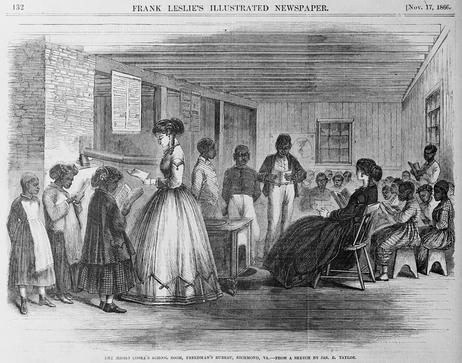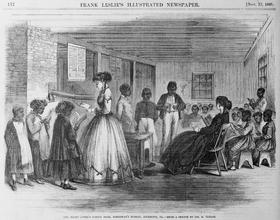Understanding the U.S. Department of Education: Structure, Impact, and Evolution
The U.S. Department of Education stands as a cornerstone of American education, yet many citizens remain unclear about its actual role and impact. This exploration breaks down the department's structure, functions, and significance in shaping educational opportunities for millions of Americans, offering clarity on how this federal agency works alongside state and local authorities to support education nationwide.
What is the U.S. Department of Education?
The is a cabinet-level federal agency established in 1979 that oversees education policy and federal assistance to education in the United States. With approximately 4,400 employees and an annual budget of $79 billion, it is the smallest cabinet-level department.
Why Does the Department of Education Exist?
The established the modern Department of Education with specific purposes that addressed critical needs in American education.
Equal Educational Opportunity
The primary purpose was to strengthen federal commitment to ensuring equal access to education for every individual. This emerged from the recognition that local control of education had sometimes resulted in disparate educational opportunities, particularly for minorities, students with disabilities, and economically disadvantaged students. The Supreme Court's landmark decision had established that education "is perhaps the most important function of state and local governments" and must be made available to all on equal terms.
Supporting State and Local Education
Congress recognized


















